Aavik U180, U280, and U580 integrated amplifiers
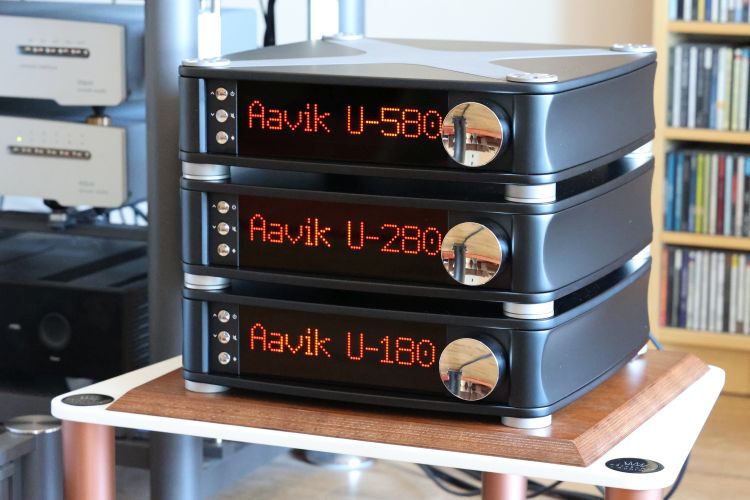
Stacking
The amplifiers and other U-series components are conceived to be easy to stack on top of one another using Darkz or just balls. With the exception of the inevitable runaway ball, this works well and looks nice. However, as I noticed, this does affect how the units sound. The way that I started my comparisons was with the U-180 positioned on Darkz T2 feet at the bottom of the trio stack, then the U-280 coupled via Titanium balls on top of the U-180, and finally, the U-580 at the very top, again coupled via Titanium balls.
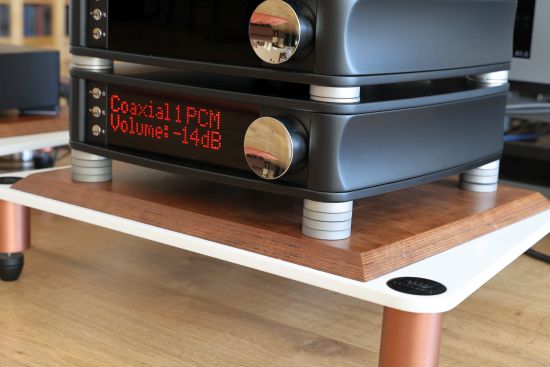
Above: the bottom component sits on Darkz T2 footers
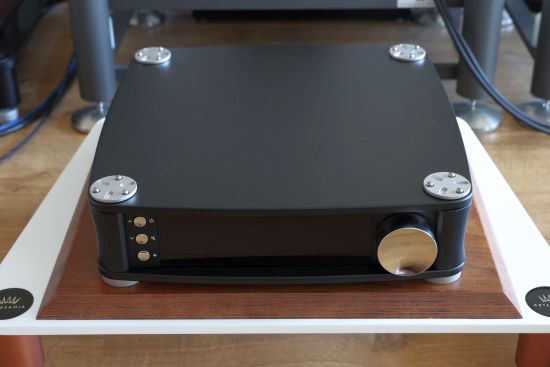
Above: the Titanium balls, onto which the next component can be placed directly
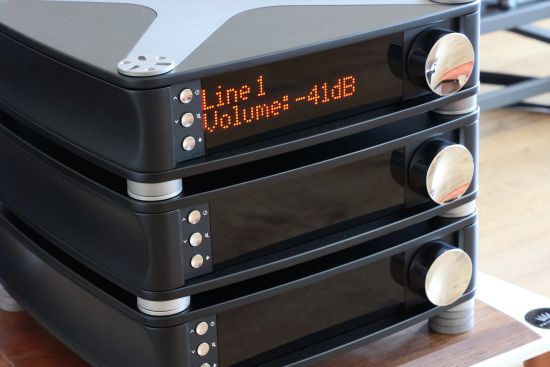
Stacked this way, the top unit is coupled/decoupled (depending on your viewpoint) by 2 sets of Titanium balls as well as a set of Darkz, while the bottom unit is coupled directly to the Artesania platform and carries the weight of the other two units on top. Given the confirmed significant influence of the Darkz combined with my accumulated knowledge of component placement and support, it’s only logical to assume that the order of the units would be significant for the sound. And indeed, it is. After listening to the U-180 when positioned on the bottom and then again when positioned at the top, I had a clear preference for the latter. Basically, the bottom position makes the sound heavier and darker while the top position provides more enthusiasm, expression, lyricism, and a more open treble.
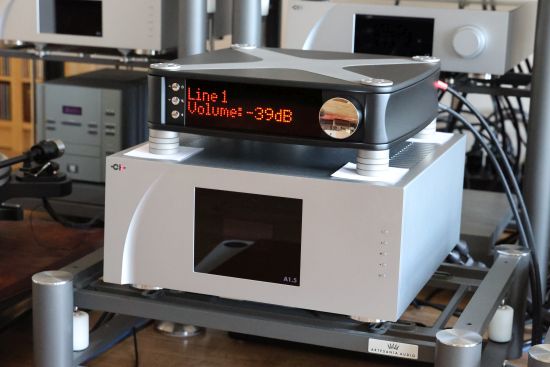
Reviewing the amplifiers while stacked would not lead to fair conclusions so I decided to listen to each amplifier set up independently. First, I tried the amplifiers on top of the CH Precision A1.5 amplifier that sits on an Artesania Aire platform with Linear Carbon Fiber Arms. While this has often provided the best sonic balance for lighter-weight products, in this case, I can’t say it was better. I reverted to the Artesania Modular Platform that typically enhances the upper bass fullness and overall timbre of any component placed on top of it, but here, and with the Darkz T2 resonance control feet, it works highly synergistically. Thus, I decided to assess all three amplifiers individually and placed on the Modular Platform using the Darkz T2.
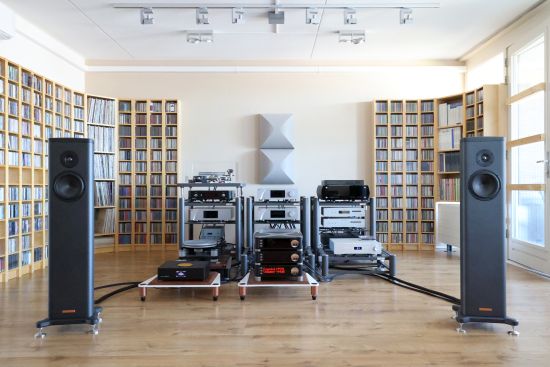
Review Context
The system used for this review consists of a CH Precision C1 DAC, CH Precision A1.5 power amp, and Magico S1 MkII speakers with Grimm MU1 and Antipodes K50 Music Servers. More details can be found on the Main System page.
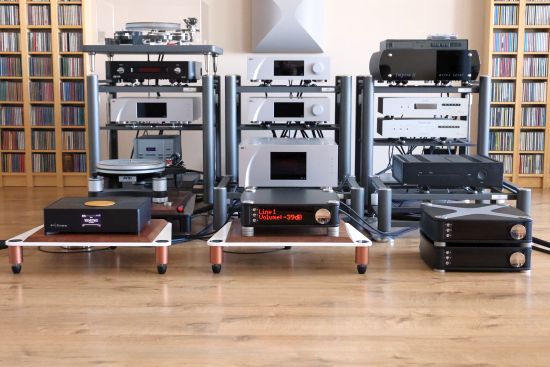
Listening
Contrary to my own expectations, the U-180 sounds tonally full, sonorous, and dark. Given the preamplifier’s tiny switched power supply module and Class-D power amplification, one might be forgiven to expect the exact opposite. But as Aavik proves, it’s all in the design. The U-180 has a weighty sound with full bass and not of the fat kind, but rather solid, with very good articulation and control. And unlike many Class-D designs, the Aavik does not come across as dry or over-controlled.
So far, I have listened to the U-180 using the Aqua Formula xHD DAC using Driade Flow Link Reference 808 interlinks. Now, let’s see how the amp behaves with its built-in DAC. As I’ve noticed before, even a seemingly simple built-in DAC can sound extraordinarily good. In part, this could be because this kind of integration allows very short interconnectivity and bypasses not only long cables but also an input- and output buffer here and there. Besides this, I can imagine that the shared PCB could yield positive results in terms of coherence but that’s pure speculation. This, of course, is where the Aavik/Ansuz expertise comes in. As my comparisons showed, the built-in DAC (used in the Upsampled, Slow setting) is actually very good, with only relatively small audible differences compared with the Aqua Formula xHD. Basically, the built-in DAC is just a little cooler and leaner, less voluptuous and less saturated but otherwise really rather good, highly detailed, and superbly neutral.
The U-180 does not sound small. It throws a nice sound bubble that extends beyond the speakers. With the Aqua DAC as well as the built-in DAC, the U-180 does not throw a particularly deep soundstage but it is easily deeper than average.
Fed from the Grimm MU1 and connected via a Jorma AES/EBU cable, the Aqua DAC does not offer higher resolution or better transparency but it does provide just a bit more authority, expansiveness, and extension that makes it enough of a worthwhile improvement for me to prefer it during my tests. But given that the addition of this DAC more than doubles the total cost, interlinks not included, I would not recommend it in this combination. That kind of cash would be better spent on a source or on cables.
The U-180 is a surprisingly potent, solid, and full-sounding amplifier with excellent resolution and a great built-in DAC. It avoids sounding clinical or overly technical but it does sound quite controlled and it is not the sunniest or emotionally most engaging performer in the business. While it sounds natural, I would not characterize it as strictly neutral. I’m sure that its darker tonality can work to its advantage in hard-sounding setups but with the Magico S1, I found that the music could sound a little dull or muted. Meanwhile, the amp’s “wooden” tonality can be quite beneficial in making certain kinds of acoustic music more convincing, which is again not something one would associate with Class-D. At other times, however, I feel that this inherent bit of character covers up the instrument’s true tonality, for instance by reducing the brightness of overtones in right-hand piano notes, and as such, it is a deviation from the transparency and neutrality that I personally desire.
U-280
Knowing that the U-280 only differs from the U-180 in the number of Tesla Coils, I wondered, would this step really make a significant difference? Then again, I knew from my earlier experiences with the D2 and D-TC Power Distributors that the number of Tesla Coils can indeed make an enormous difference. Still, the skeptic in me was not prepared for what I was about to hear.
The U-280 has the same solidity and tonal fulness of the U-180 but it sounds considerably smoother and richer, more fluid, organic, and refined. Additionally, its soundstage is significantly deeper and its imaging more 3D, and to top it off, the U-280 is also markedly sunnier. The balance is slightly warmer and the midrange a little richer, perhaps with a tad less tightness and bite, but overall, still plenty lively and articulate. Not only is the amp more refined but it is also more highly resolving. It is more detailed but not in an upfront or explicit manner. The U-280 lets you hear deeper into the mix but the extra detail does not come along with added edge or bite.
All this combines in a presentation that is not only technically superb but also invites prolonged listening.
The U-280 may cost 50% more than the U-180 but the difference is 100% worth it!
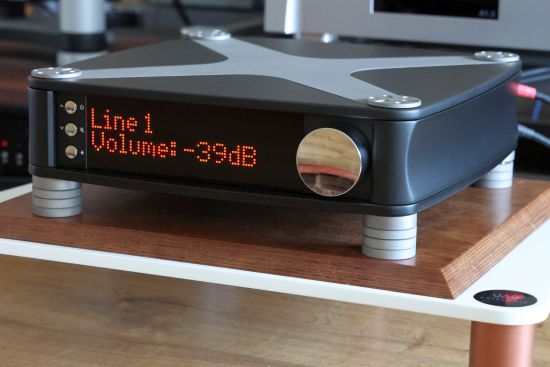
U-580
Knowing now what stepping up brings from one model to the next, I assumed that the next step would bring similar improvements, but again, I presumed incorrectly.
Quite unexpectedly, the U-580 adds a welcome amount of treble air and openness and the overall presentation is considerably more neutral than the other two models. But rather than verging into a bland or clinical kind of sound, the U-580 offers a similar amount of warmth and fullness as the two other models, along with the sunniest and most lyrical presentation of the trio while the aforementioned wooden tonality has receded to the point where it is only still barely audible as a detractor and only its positive influence remains. Incidentally, if the resonance-controlling Titanium Bracing on top is responsible for this, it does raise the question of whether or not the non-metal enclosure is actually ideal.
The U-280 already managed to integrate its Pascal amplification so well that only its strengths remained and with the U-580, this has been pushed even further to the point of being inaudible.
The U-580’s soundstage does not appear significantly deeper or wider than with the U-280, but nevertheless, I get a distinct sense of the amp being allowed to breathe more freely and this instills the sensation of increased range and expansiveness, as well as the most lyrical performance of the three. I’d say that the U-580 offers the same resolution as the U-280 and with that, it is not of the ultra-revealing kind. Still, in part helped by its deeper, more expansive, and more free-flowing nature, the U-580 allows easier following of small nuances.
But all this does not yet describe the most alluring aspects of the U-580 which are that it is, with a distance, the most lyrical and emotionally involving, and the most realistic performer of the trio.
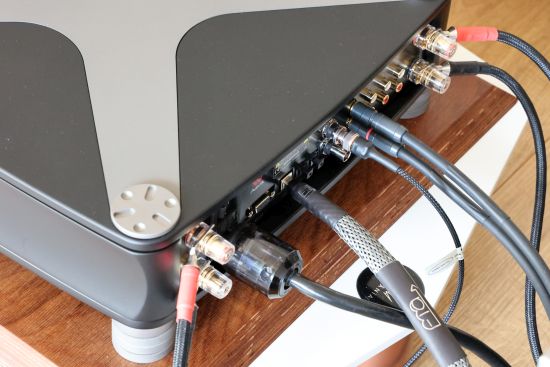
Inputs compared
Early on in this review, I had established that the built-in DAC was of very good quality and since the electronics are identical for the three models, this is valid for all three amplifiers. But because I achieved better results with the Aqua Formula xHD, I continued to use the external DAC with the Driade interlinks for the in-depth assessment for this review. As my most neutral source with the highest resolution, the Grimm MU1 Music Server has so far enabled me to carefully assess the amplifiers’ own neutrality and resolution. With that accomplished, I’d like to take a closer look at the amplifier’s digital inputs and listen how they compare, specifically, USB.
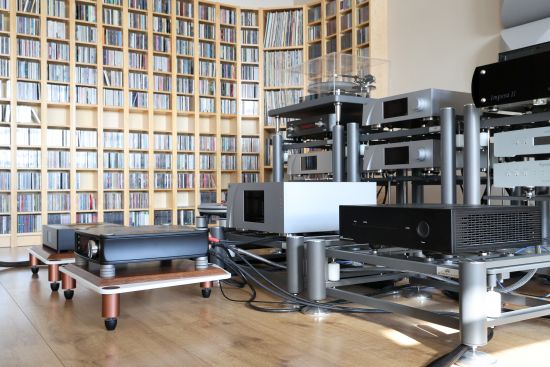
This is where the Antipodes K50 comes in. This server does not only offer USB in addition to a very complete assortment of digital outputs, but it also provides a rather different sonic approach. Contrasting with the lithe and very linear MU1, the K50 leans to a fuller, warmer, and more relaxed presentation. Connected simultaneously with the Jorma BNC digital cable and the Final Touch Audio Sinope USB cable, and running Roon on the K50, I set out to make my final comparisons, fully expecting two things. First, that this server would probably be a less ideal match, and second, that USB would sound more formal than S/PDIF over BNC because that is how the two formats usually compare.
Rather surprisingly, the K50 provided a remarkably deep soundstage via USB, considerably deeper in fact than with the MU1, but with a richer, smoother, more free-breathing, and more organic overall delivery, much as I am used to hearing from the K50 when using any of its digital outputs, but never with USB. The second surprise was that the BNC connection now sounded tighter and faster, and considerably more explicit than the USB connection, albeit more upfront and extending less to the back of the room. As I found, the K50 actually paired very well with the Aaviks no matter the connection method by adding a welcome dose of liquidity while the amplifiers’ inherent precision ensured that the bass remained tight and articulate. Even though the K50 and the Aaviks both tend to a voluptuous and slightly dark sound, there was no congestion or obscuring of detail. This is the major upside for any component that offers multiple connection methods: it allows the owner to choose the format that works best in any given situation.
Did I already say “final comparisons”? Spoke too soon, I’m afraid! Besides the three amplifiers, Ohm Audio also delivered Darkz T2 Resonance Control footers.
Next: Ansuz Darkz and Conclusion
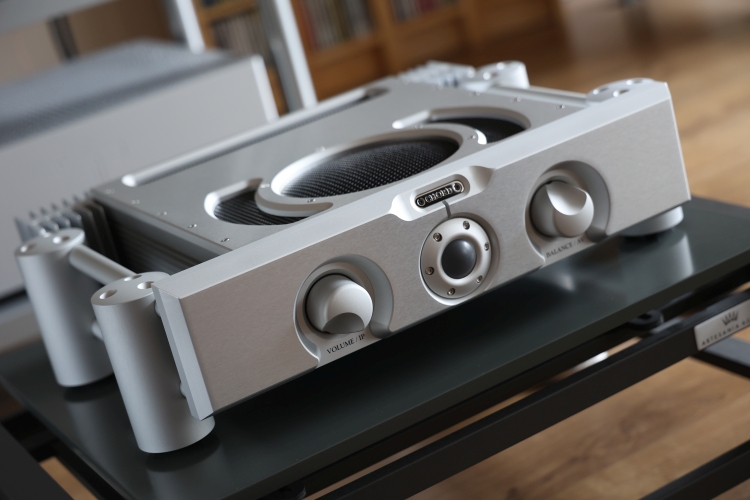
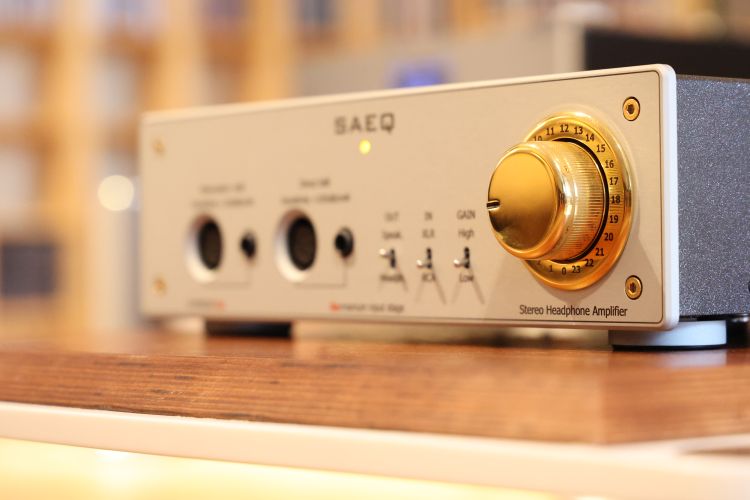
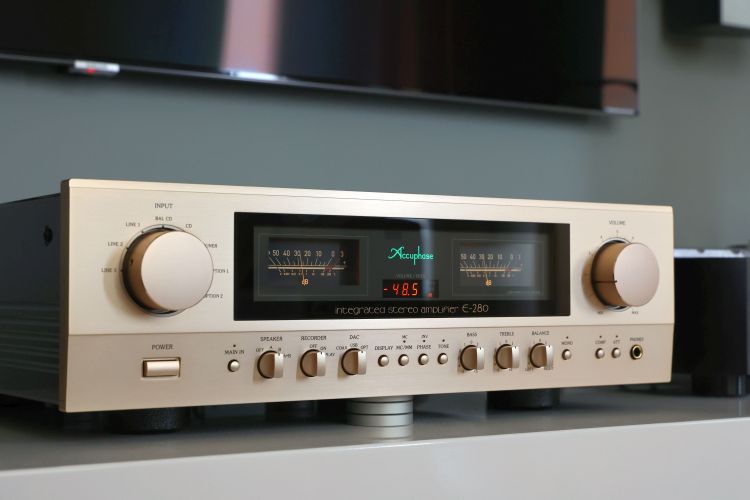
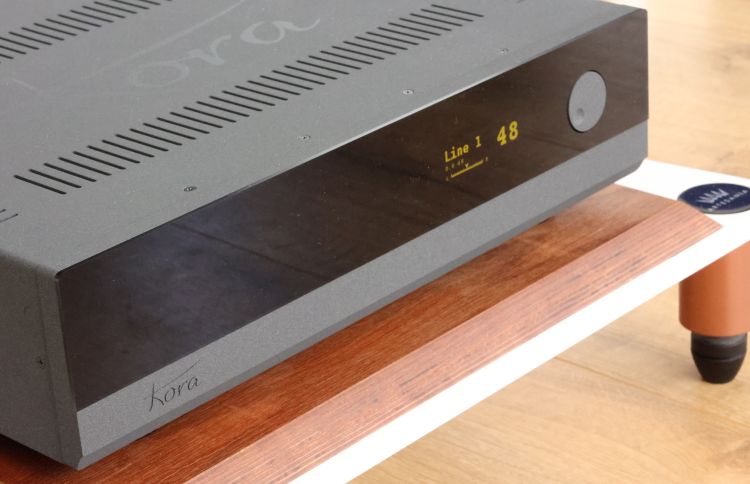
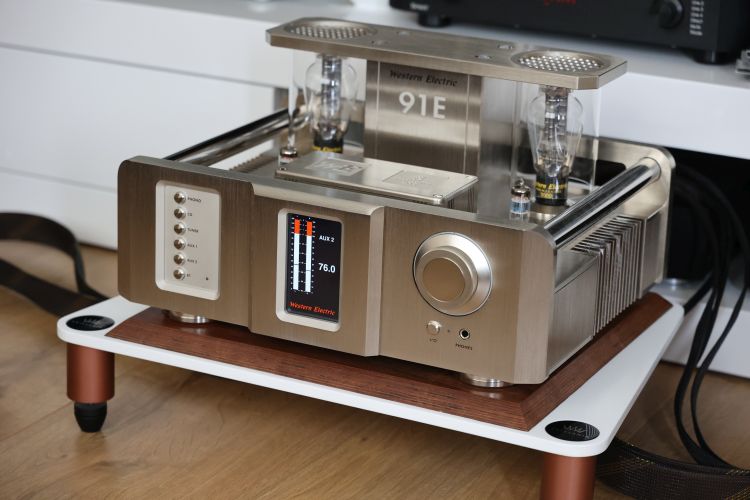
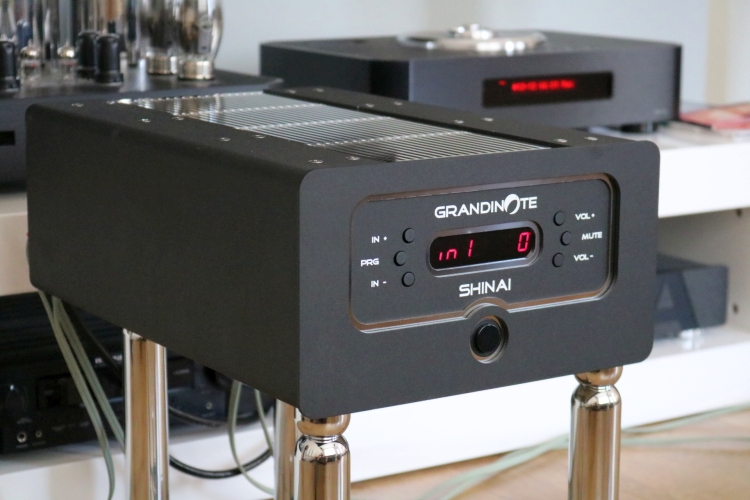
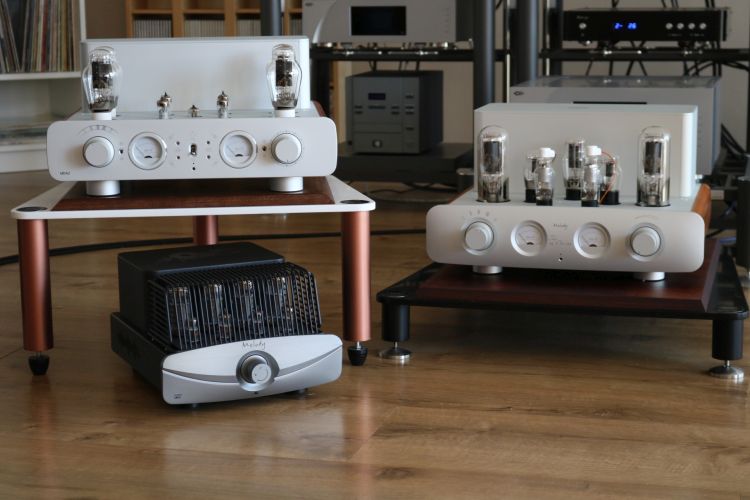
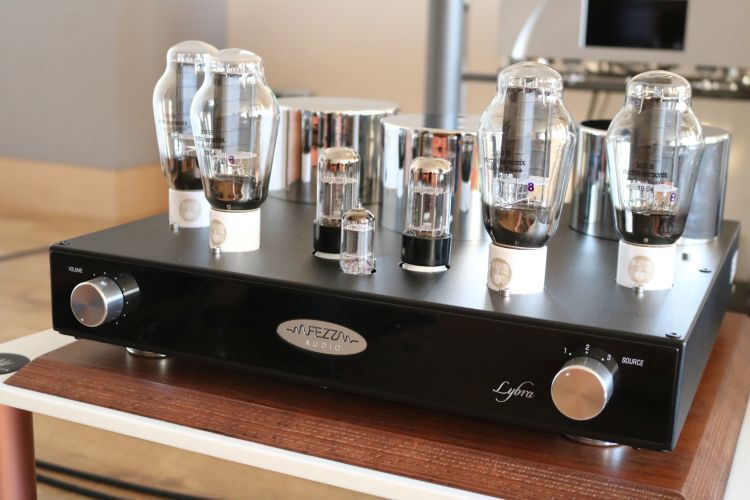
Hello Christiaan, thanks a lot for your review… very helpful.
Have you tried also other filters (non-upsampling/fast or slow) or do you think that the default one (upsampled/slow) is the best when combined with the Aavik streamer?
Thank you
I’m not 100% sure now but I believe I tried them and found either the default best or the difference very subtle.
Hello Christiaan,
Some questions about the u180
I’ve read the article and did see the following line: “ It avoids sounding clinical or overly technical but it does sound quite controlled and it is not the sunniest or emotionally most engaging performer in the business.”
It does have the ability to bring over the emotion in a song?
You also state that it is a darker sounding amplifier. Do you mean it has some “meat-on-the-bones”?
Would it be a good amplifier for rock and metal?
How would you recon it holds up against Naim? (Current set up is a Naim NAC-N272 with a 250-2 power amp)
Thank you.
Rene
I find the U180 to be technically correct but not hugely emotional or lyrical. By dark, I mean that the treble appears rolled-off. Of course, when measured, that won’t be the case, but it does sound like that. None of the three sound lean and all have proper meat on the bones. I’m not a rock or metal person so I can’t really tell you if these amps would work well with those genres. It also depends on which aspects you value most. I have not heard Naim amplifiers in my system, so, afraid I can’t be of much help beyond this.